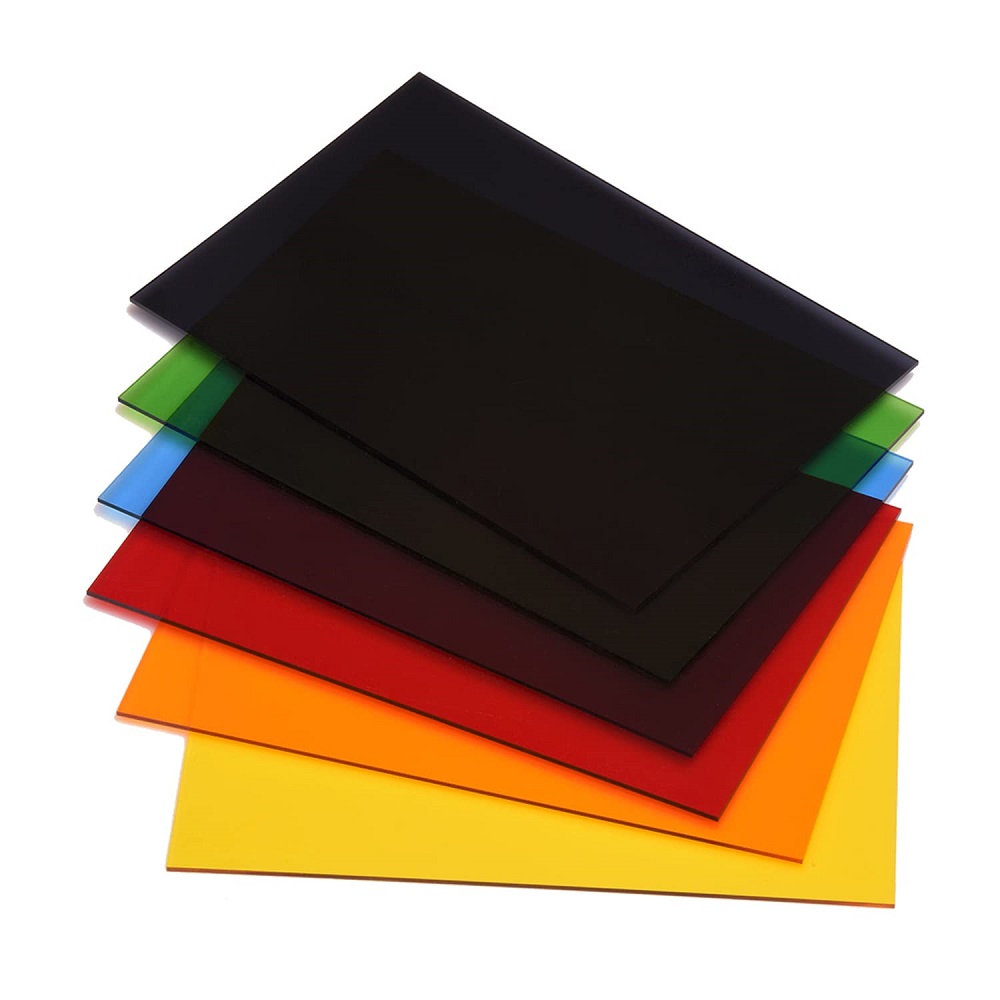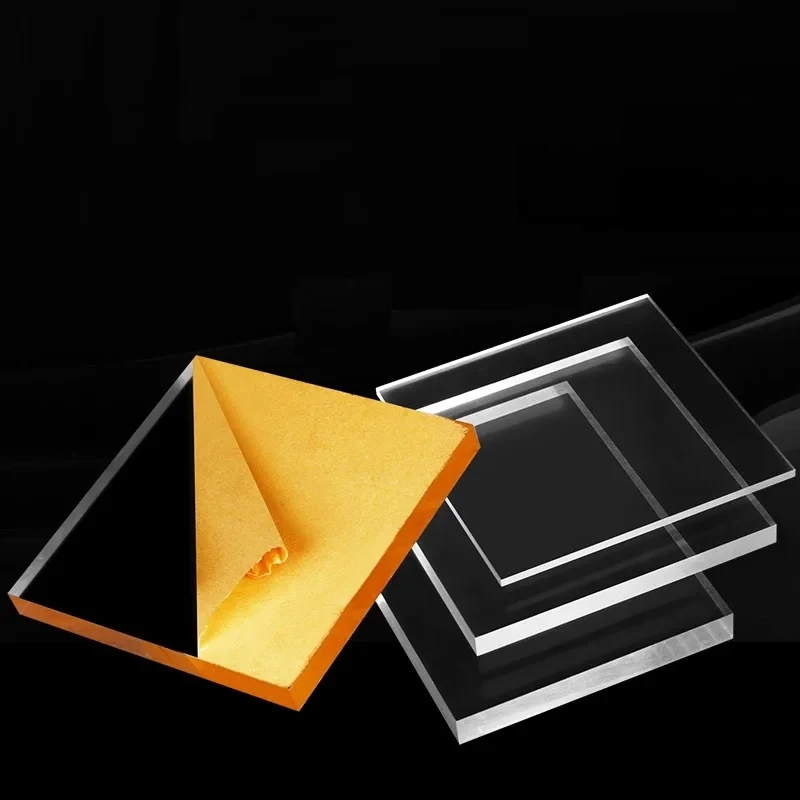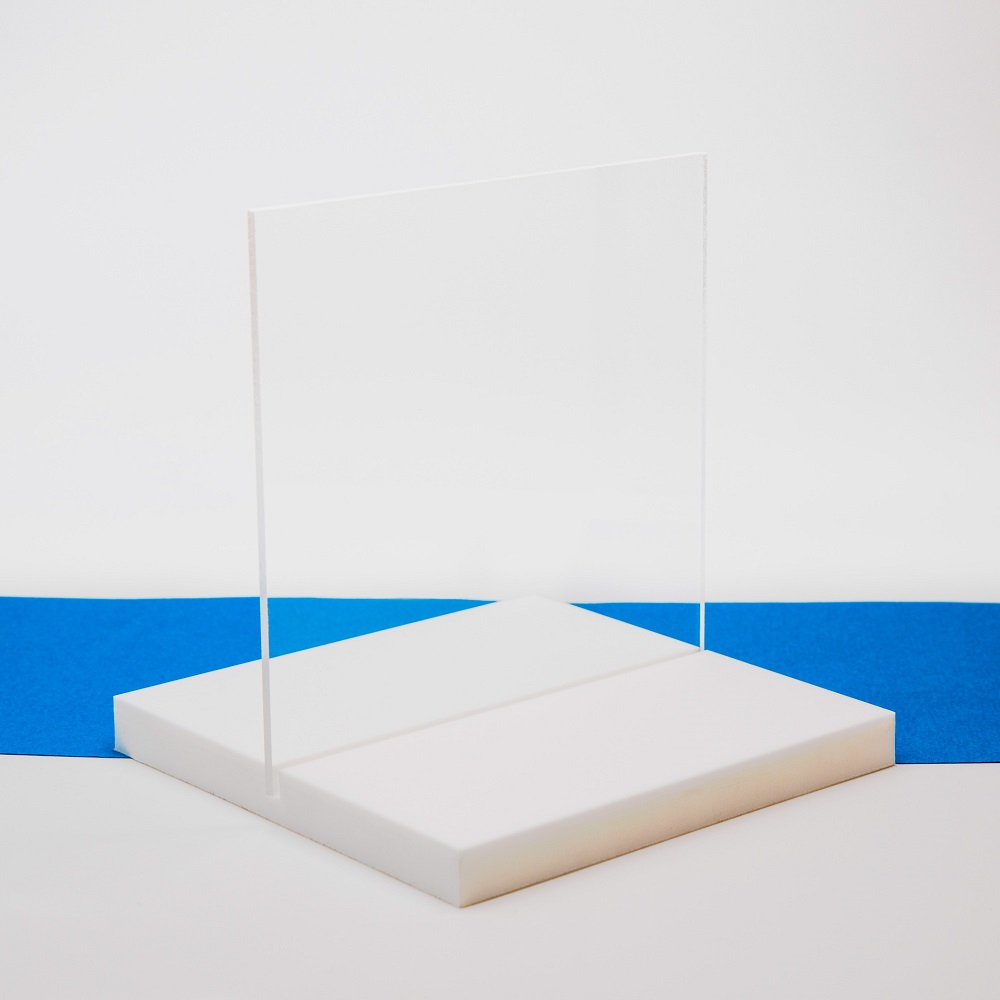What’s Acrylic? A versatile synthetic polymer, has become a favored material in various industries for its remarkable properties and diverse applications. Understanding what’s acrylic, its unique characteristics, and where it is commonly used can help you appreciate its significance in everyday life. This comprehensive guide will explore the fundamentals of acrylic, along with its advantages and specific applications across multiple sectors.
Introduction to Acrylic
Definition and Composition
Acrylic, scientifically known as poly(methyl methacrylate) or PMMA, is a transparent thermoplastic. It is created through the polymerization of methyl methacrylate, resulting in a strong, clear, and lightweight material. Because of its clarity and durability, acrylic is often used as a glass substitute, providing a similar aesthetic while offering additional benefits. Since its development in the early 20th century, acrylic has continued to evolve, generating variations that enhance its performance in specific applications.
Types of Acrylic
Acrylic comes in several forms, including extruded and cast acrylic. Extruded acrylic is produced through a continuous process, resulting in thinner sheets at a lower cost. Cast acrylic, however, is made by pouring the acrylic mixture into a mold, yielding thicker and more durable sheets. Cast acrylic typically has superior optical clarity, making it ideal for applications where aesthetics are paramount. Understanding the differences will aid businesses and consumers in selecting the best type for their needs.

Key Properties of Acrylic
Clarity and Transparency
One of acrylic’s standout features is its exceptional clarity and transparency. Acrylic can transmit up to 92% of visible light, making it one of the clearest materials available. This property makes it a popular choice for applications like display cases, windows, and aquariums, where clear visibility is crucial.
Durability and Impact Resistance
Despite being lightweight, acrylic exhibits impressive impact resistance. It is roughly ten times tougher than glass, making it less prone to shattering and breaking. This durability is especially beneficial in environments where safety and longevity are concerns. For instance, acrylic barriers and shields are common in schools and public spaces, offering both protection and visibility.
Weather and Chemical Resistance
Acrylic also boasts excellent resistance to weathering and various chemicals. It can maintain its clarity in outdoor settings for extended periods, making it suitable for signage and outdoor displays. Additionally, acrylic’s ability to resist many solvents and oils makes it a reliable material for laboratory environments as well as kitchen and bath applications.
Applications in Everyday Products
Home Decor and Furnishings
Acrylic is widely used in the home decor industry. Its aesthetic appeal, coupled with its durability, makes it an ideal choice for items such as picture frames, light fixtures, and furniture. Designers often leverage acrylic’s versatility to create modern and stylish pieces that offer functionality without sacrificing style. For example, acrylic coffee tables and chairs have gained popularity due to their sleek, contemporary look.
Signage and Displays
Another prevalent application for acrylic is signage. Its clarity allows for vibrant colors and illuminated graphics, making it perfect for advertising and promotional materials. Businesses frequently use acrylic for storefront signs, directional signs, and trade show displays. Not only do these signs catch the attention of potential customers, but they also withstand the elements, ensuring longevity.

Medical and Industrial Uses
Medical Applications
In the medical field, acrylic’s properties make it an excellent choice for various applications. Its clarity and sterilizability enable the production of medical devices, such as trays, housings, and protective barriers. Acrylic can be easily cleaned and sterilized, making it suitable for use in hospitals and clinics where hygiene is paramount. Furthermore, the material is used in dental applications, including impression trays and orthodontic devices, thanks to its biocompatibility.
Industrial Applications
Acrylic is also widely utilized in industrial settings. Its impact resistance and ability to withstand chemicals make it valuable for producing safety shields, protective barriers, and machine guards. Moreover, acrylic’s lightweight nature aids in reducing transportation costs and labor during installation. Industries such as automotive and manufacturing frequently employ acrylics for dashboards, windows, and displays, enhancing both functionality and visual appeal.
Acrylic in Art and Creativity
Artistic Medium
Acrylic has gained popularity as an artistic medium for painting and crafting. Artists appreciate its quick-drying properties, ease of use, and vibrant color range. Unlike oil paints, acrylics can be thinned with water or used straight from the tube. Many artists find acrylics to be versatile, accommodating various techniques such as pouring, layering, and glazing.
Craft Applications
Beyond painting, acrylics sheets and blocks are commonly used for crafting purposes. DIY enthusiasts and professionals alike utilize acrylics for making models, jewelry, and home decor items. The ability to cut, shape, and join acrylics allows for endless creative possibilities. Additionally, acrylics can be laser-cut to produce intricate designs, further enhancing its appeal in the crafting community.
Environmental Considerations
Recycling and Sustainability
As concern for the environment grows, many are interested in the sustainability of materials like acrylic. While acrylic is not biodegradable, it can be recycled. Programs that accept art plastics exist, allowing individuals and businesses to contribute to reducing waste. By reprocessing acrylic into new products, the industry can lessen its environmental footprint.
Innovations in Biodegradable Alternatives
In response to the environmental impact of traditional acrylic, researchers are developing biodegradable alternatives. These innovations aim to retain the beneficial properties of art while minimizing long-term effects on the environment. As technology evolves, new materials may soon provide sustainable options without compromising performance, opening new avenues for eco-conscious consumers and businesses.

Future Trends in Acrylic Technology
Innovations in Manufacturing
The future of acrylics technology is vibrant, marked by ongoing innovations in manufacturing processes. Advancements like 3D printing and enhanced molding techniques are allowing for more complex designs and functionalities. Manufacturers are now experimenting with new formulations to improve acrylic’s properties, such as increasing its scratch resistance and enhancing its thermal stability. These innovations facilitate the creation of more durable products that can withstand challenging environments, thereby expanding acrylic’s potential applications.
Customization and Personalization
Another trend gaining momentum is the customization of art products. Businesses and consumers alike seek unique solutions tailored to individual needs. This demand has led to the rise of companies offering personalized art pieces, from engraved awards to custom furniture designs. The ability to tailor products can significantly enhance customer satisfaction and engagement. As acrylic continues to evolve, expect to see even more options for creating bespoke items that reflect personal styles and preferences, further solidifying acrylic’s position in the market.
The Versatility of Acrylic
Acrylic’s unique combination of properties—clarity, durability, and resistance to the elements—makes it an essential material across numerous industries. From home decor and signage to medical applications and artistic endeavors, art demonstrates remarkable versatility. As a go-to solution for countless applications, it continues to evolve, offering new possibilities for both creators and consumers.
Understanding acrylic, its characteristics, and applications can help you assess its potential for your specific needs. As it plays an integral role in modern life, acrylics will likely continue to be a material of choice for innovative and functional designs. Whether you are an artist, a business owner, or simply a curious individual, recognizing the impact of art allows you to appreciate its place in both everyday products and advanced technological solutions. Embracing acrylics means exploring a world of possibilities that blend aesthetics with utility, enriching our lives in diverse ways.